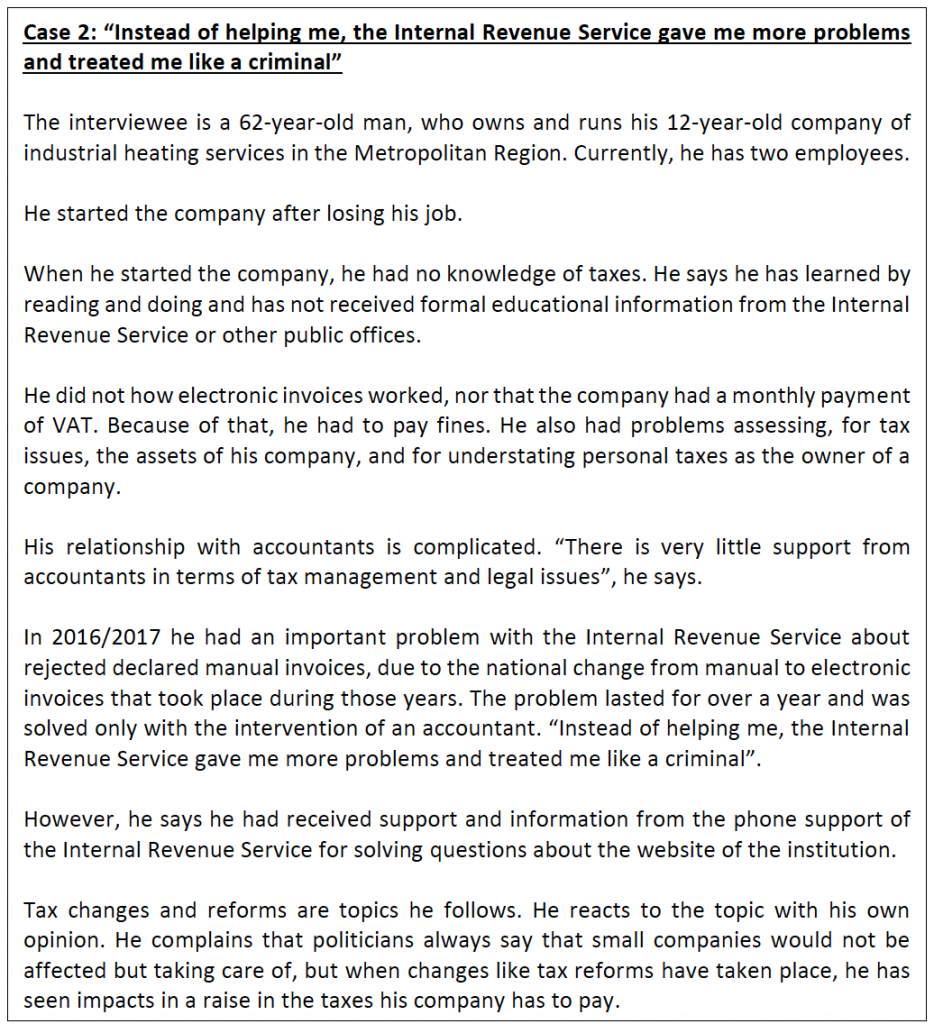When conducting UX Research, a common approach is to conduct interviews with users. But after doing the interviews, how can the researchers effectively analyze the data and show results? I recommend a method I have learned and used for that goal: thematic coding.
Thematic coding is a method that focuses on exploring themes on which the interviewers have common experiences or views, or topics on which the opinions would differ. The method was developed in 1996 by Senior Professor and expert in Qualitative Research, Uwe Flick, and it is explained in his book “An introduction to Qualitative Research”, in the chapter “26. Thematic Coding and Content Analysis”.
I learned about the method in the course “Qualitative Social Research” taught by expert Susanne Sackl-Sharif, as part of the master’s in Content Strategy at FH JOANNEUM Graz. I used the technique in a project work for the master; I found it very useful to analyze user interviews, so I will explain to you how it works, and how it helps when conducting user research.
The elements of thematic coding
Simply explained, thematic coding is a method of analyzing interviews. After the interviews are transcribed, the method consists of two steps.
The first step consists in producing a short description of each case studied. In the case of interviews, this means that there will be one short description for every interview done. The goal of the description is to provide the central topics of the interview. The focus should be the question the interview seeks to answer.
The second step consists in developing a thematic structure to analyse the responses by topic. It considers three stages:
- One case is chosen. Every answer within the interview is categorized by the topics that are interesting for the study. Every category gets a descriptive title.
- The categories created are applied to all the other interviews.
- The categories are checked and revised, so every relevant topic on every interview is considered and categorized.
Example: User research project for a governmental institution
Let me explain how the thematic coding method works in practice, with an example of one of the projects I worked on in 2022.
The project was done for a governmental institution that seeks to help, guide, and represent small and medium entrepreneurs that have problems in the management or payment of taxes. The institution had recently been launched and wanted to understand its prospective users better.
I found that it was important for the institution to understand how entrepreneurs were approaching and managing tax issues of their companies, and what had they done if they had any problems.
To answer those questions, I conducted seven qualitative interviews with small entrepreneurs, women, and men from various industries and realities.
After I transcribed the interviews, I followed the thematic coding, as follows in the next lines.
1. Creating a short description of cases
To start, I read every interview and summarize each of them in a short description of the case. By reading the interviews I realized that every case included the following six variables:
- Identification of the person and his/her reason to start the business
- What did the entrepreneurs know about taxes and how did he/she learn that
- How the entrepreneur manages taxes
- What problems the entrepreneur has had with accountants and/or with the payment of taxes
- How is the relationship of the entrepreneur with the Internal Revenue Service
- How interested is the entrepreneur in tax regulation topics
The following image shows one of the descriptions of the cases I created:

2. Developing thematic categories
I read one interview and wrote a list of the topics I could identify in the answers of the interviewer. My initial thematic categories were the following:

I then read the other interviews and realized that for each thematic category, new subcategories could be included for a deeper, more granular analysis.
Figure 3 shows an example of how the subcategories worked in the case of the topic “tax management”. For this code, the subcategories consisted of details about the type of approach the entrepreneurs mentioned having.

For example, the subcategory “self-management” was given to the quotes in which the interviewee mentioned that he/she is managing the tax payment on his/her own, without the assistance of an accountant. Also, if he/she is self-managing some tax aspects, such as revising the records on the IRS website or making sure the taxes are paid on time.
I then checked again every interview and the thematic categories and edited them until I had every important topic under one category or subcategory. Figure 4 shows the final thematic codes I developed and how they were distributed across the interviews.

Possible uses from the cases and thematic categories
The description of the cases and the thematic categories helped me to develop two deliverables for the project work.
The first deliverable was clear answers to the research questions of the project. I was able to explain which aspects or opinions were more common among the users interviewed and provide practical examples.
The second deliverable was that the content was the base upon which I developed Personas, this is, models of fictitious personalities, which represent an archetype of users’ behaviors, according to the Content Strategy Alliance, CSA.
Finally, I would say the thematic coding method can greatly benefit user research projects in which many qualitative interviews are done. The creation of thematic categories is very beneficial to save time when analyzing interviews and trying to find patterns and differences. I can recommend it to anyone interested in conducting user research using qualitative interviews.
